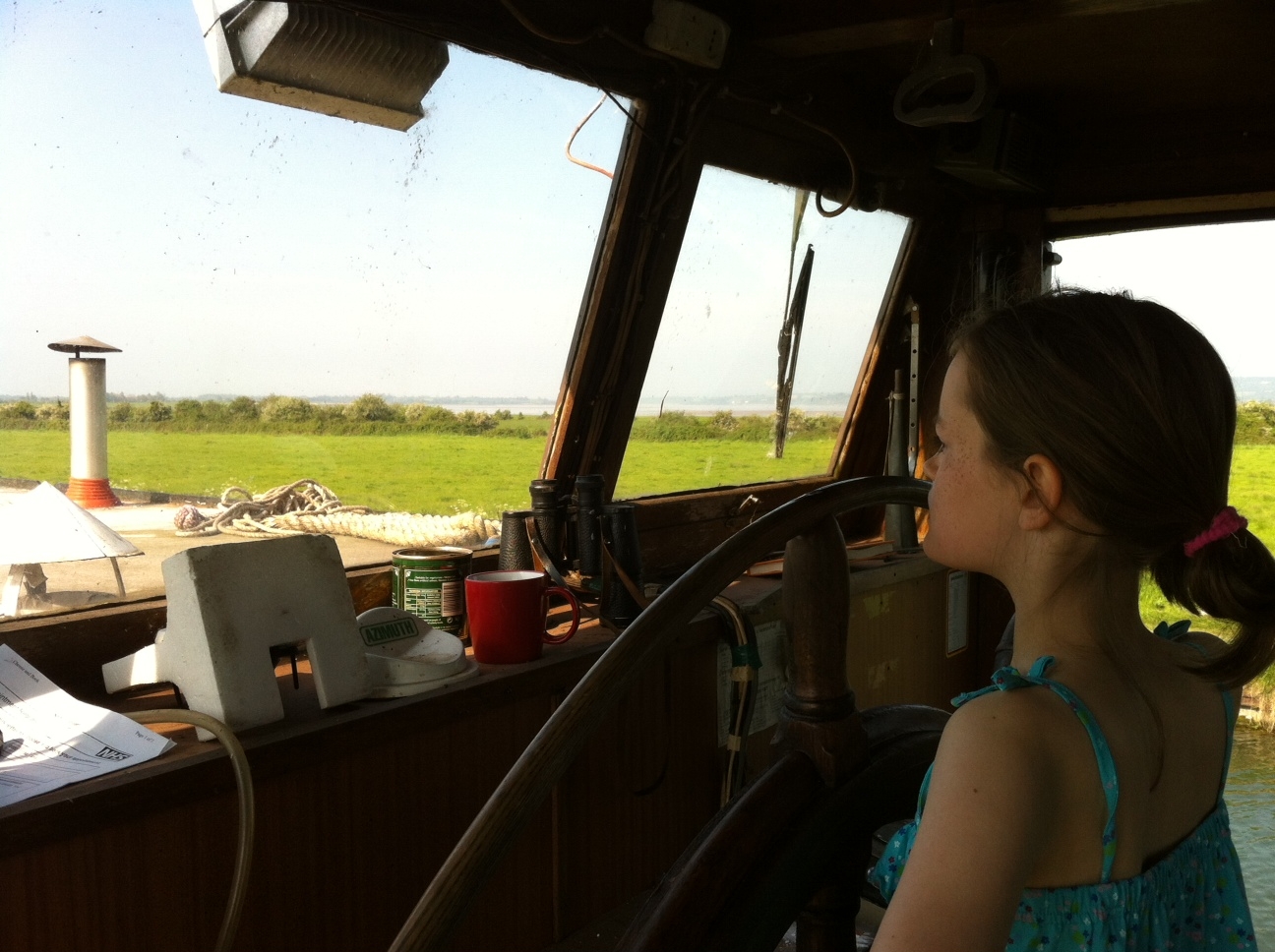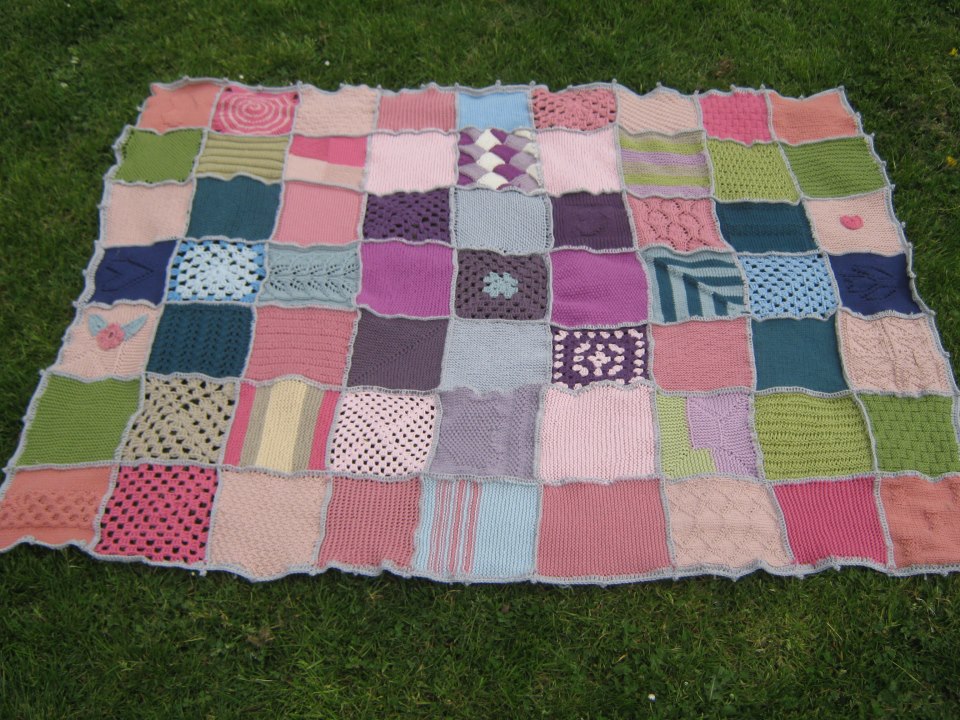This little flower gets a raw deal, often regarded as a weed to be dug up, but it is actually quite pretty, with its bright yellow colour and distinctive leaves. Even the etymology of its name is pretty. Millie explains the origin of dandelion, and how people in other countries refer to this cheery flower.
Great Women You Should Know – Mary Wollstonecraft
Mary Wollstonecraft is known as one of the earliest feminist thinkers and writers to become famous and influential throughout Europe. This reputation comes from the publication of her book “Vindication on the Rights of Women” in 1790. At the time it was written, women in Britain didn’t go to school, weren’t allowed to vote or do the same work as men. But who was she, and where did she come from?
Living On a Boat – Written By You
Have you ever seen barges on the river, and wondered what it would be like to live on one? Is it really cramped and damp, and do you have to move around and go to a different school every week? We spoke to 11 year old Annabelle to find out what it’s really like to live on a boat.
Who Was Christina of Denmark?
You may have heard her referred to as ‘The One Who Got Away’ from Henry VIII, but who was Christina of Denmark? Historian Lucy Allen explains.
“If I had two heads, one should be at the King of England’s disposal!”
Most of the time, when someone claims that a king or queen made a clever quip, it turns out to be made up, but the line Christina of Denmark supposedly used to reply to Henry VIII’s proposal of marriage is more likely to be true than most.




